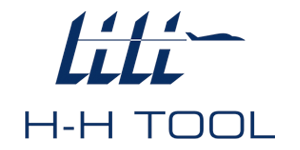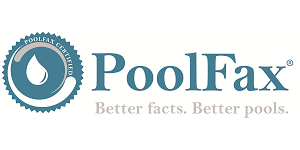How your SEO needs to change during the coronavirus

For many reasons, it’s important for us all to remember that at some point, the new coronavirus will subside. Right now though, just like so many aspects of your business, marketing is also changing. And your Search Engine Optimization is no exception.
Often an elusive and loosely defined discipline, SEO is both a short- and long-term game. And both must be continually addressed. SEO isn’t a workbench project. You can’t walk away and pick it back up three months later. That’d be starting from scratch – a position from which you may never recover. And starting over with Google isn’t easy by any stretch.
So here’s what SEO looks like, today.
First things first
Is your business deemed essential? Consider a dedicated coronavirus page so it’s easy for customers to stay current on your policies and changes. And keep your FAQ page updated too. That’s often the first place visitors look.
Is “carryout menu” or “takeout” more important than just a few weeks ago? Have your hours and offers changed? Is your Google Business Page up to date? That precious real estate just to the right on a Search Engine Results Page (SERP) is all yours and no one else’s. Maximize it.
Be sure to keep everything current, especially right now when consumers may find their preferred brands haven’t been so accommodating. Think about that – you can actually steal market share in a down market.
Should your customers be hearing more frequently from you on social platforms? The answer is quite possibly a resounding “yes!” Customers are confused, anxious, and leery all at once. Put them at ease with concise, timely information, across all channels that feed your SEO, including your social platforms.
Explore Google Trends to find recent shifts in keywords. Trends lets you compare your keywords over time as well as see what’s helping in your part of the world in general. And don’t forget about searching for competition while you’re there.
Remember that Google Ads can also be a good assist here. The Keyword Planner in Tools & Settings provides average monthly searches, competitive indices, and many other helpful metrics. And it’s free.
Run a broken link check. Google’s algorithms look at bounce rates, which impact search results, and broken links contribute. Plus it’s just good housekeeping.
Now for the long game
Don’t lose track of what you’re optimizing for. While your immediate content requirements may have changed overnight, your long-term content objectives may remain in place. And yes, searches are down considerably, almost across the board. But the upside is, those that are searching have true intent; they’re serious researchers and buyers, not just tire kickers.
Think about a marathon where others slow down for a stretch while you keep pace, or even speed up. Then think about when the competition begins to speed up again. You get the idea.
While savvy marketers don’t like to take their foot off the gas, you may find yourself with more marketing resources than before. Take this opportunity to double-down on content. Invest the time to uncover those “not provided” keywords that show how people are searching for you in Google Analytics.
Examine your Analytics pages individually. While you might see overall page traffic is down, there can be blips of increases on pages with more relevant content. Optimize (and consider republishing) these pages with updates while you’re refreshing across the site.
How are your blogs holding up? Don’t write ‘em then let ‘em gather dust. Update your blogs when appropriate, and add an “update” flag. But hold on reposting; if your addition is that worthy, it’s a blog unto itself.














